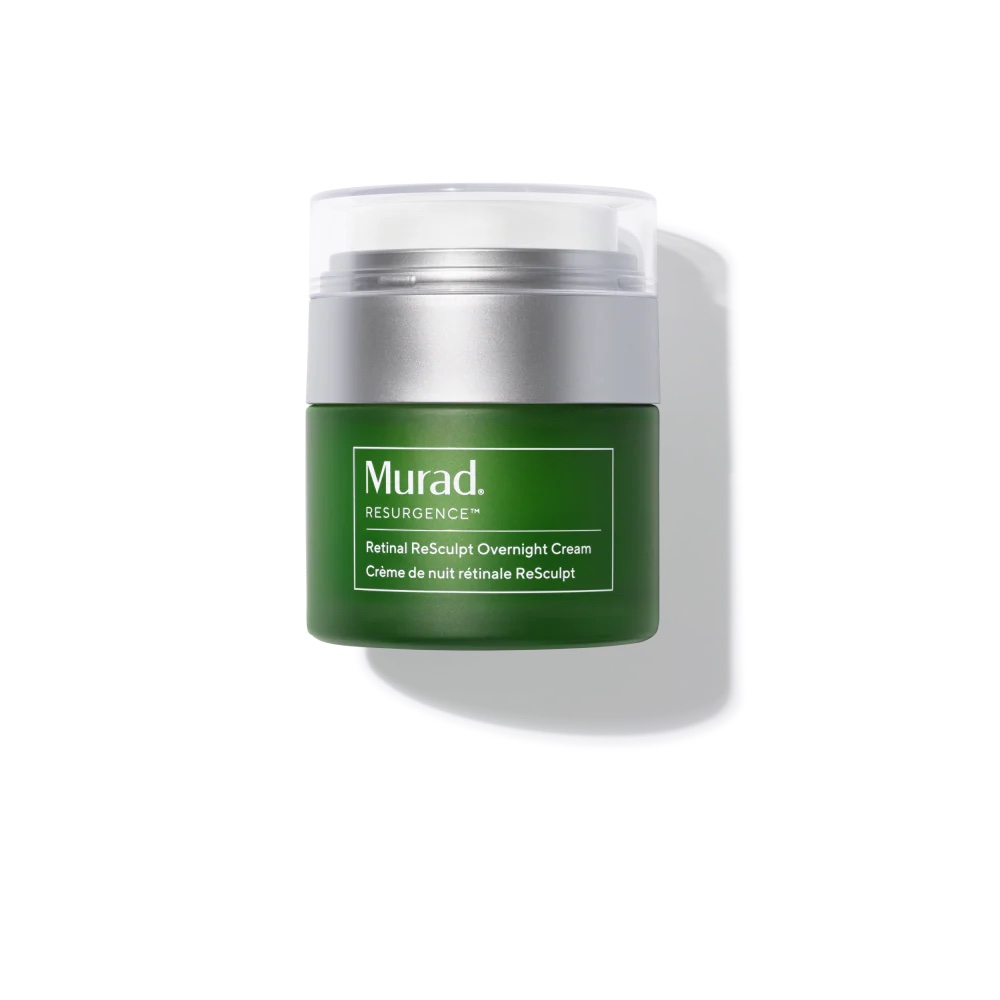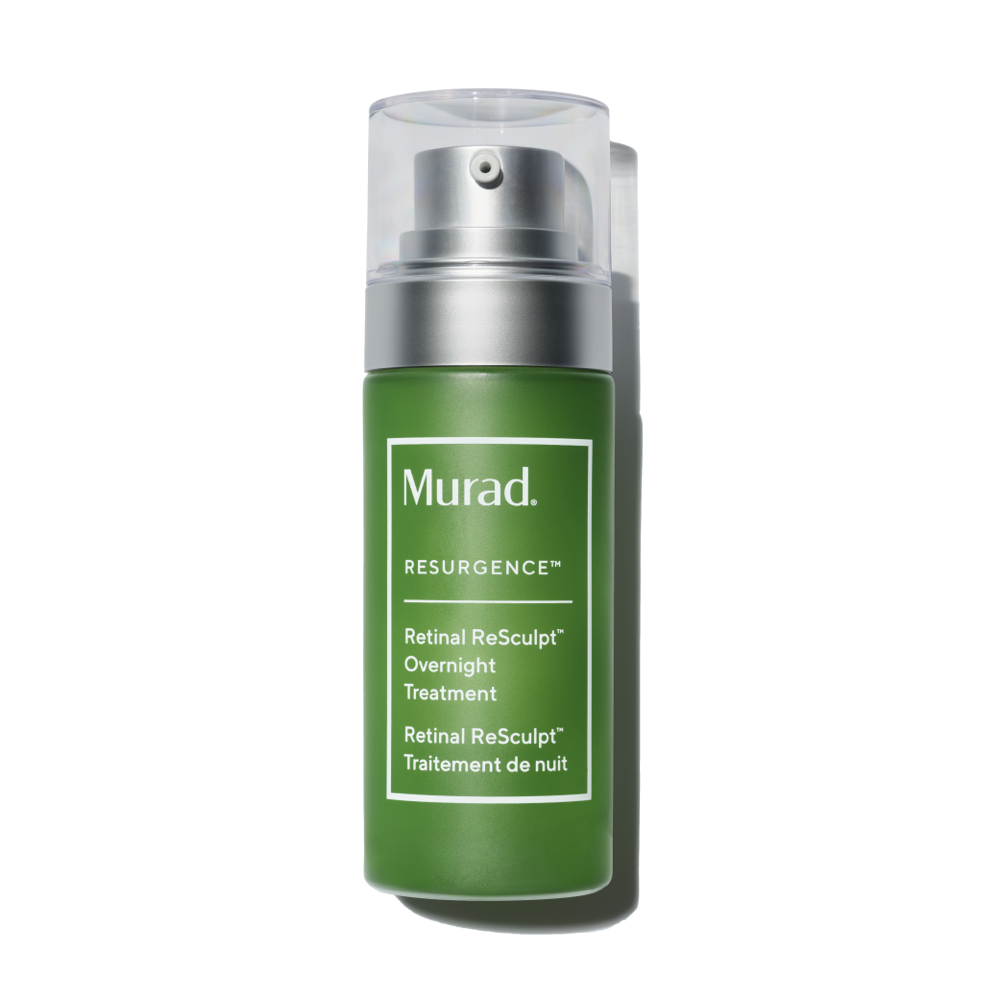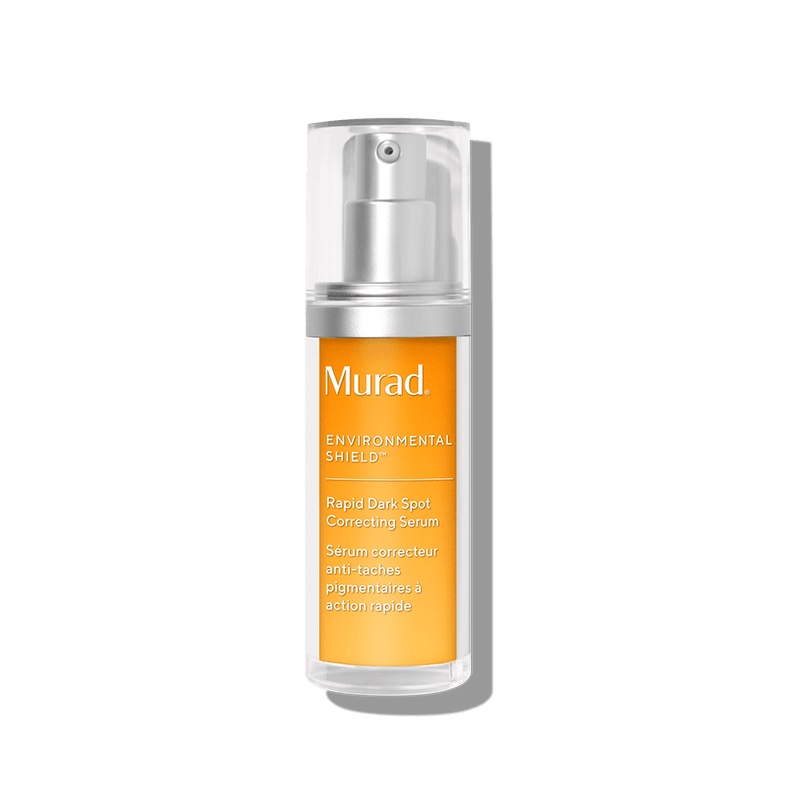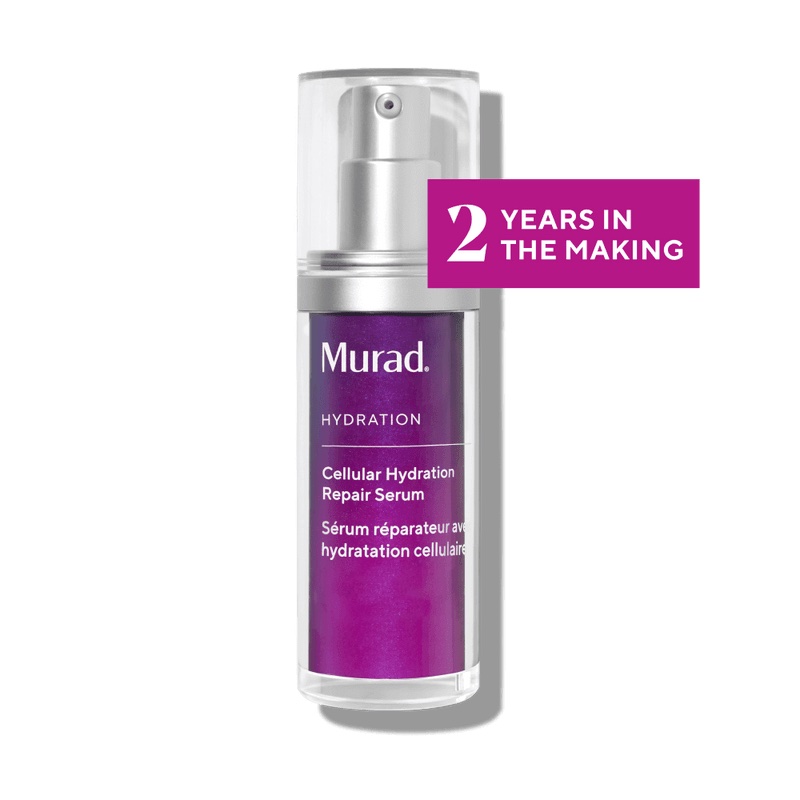What is NAD+ and why is it in my skincare? Everything you need to know
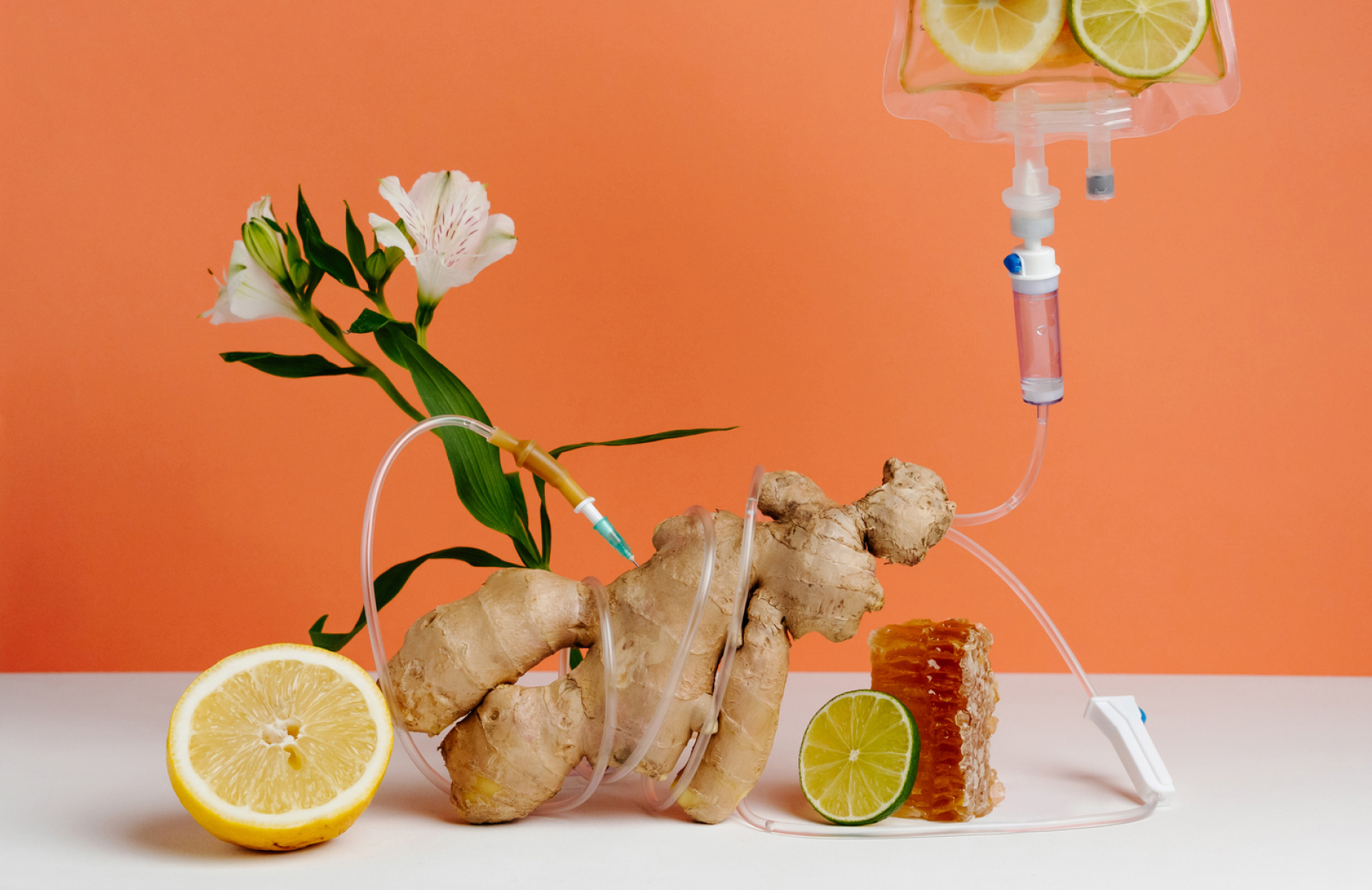
We’ll say it first: NAD-boosting IVs are the new under-eye patches. You can’t scroll your feed without an influencer or celeb bio-hacking their bodies with NAD+ replacement therapy. But, what is NAD+? Is it really the fountain of youth that unlocks health and longevity? Does it really dial up glowy, radiant skin from the inside out? We turned to experts to break down science behind NAD+ and for details on the best way to infuse it into our skin and wellness regimens.
Featured experts:
- Dr. Andrew Shao, Senior VP of Global Regulatory & Scientific Affairs at Niagen Bioscience
- Dr. Michael Barnish, MBChB (MD), Director of Precision Health at REVIV Global
- Dr. Hannah Kopelman, Dermatologist at DermOnDemand
What is NAD+?
Nicotinamide adenine dinucleotide (NAD+) is a co-enzyme found in every cell of the body. Shao says, “It plays a vital role in energy production, DNA repair, and maintaining healthy cellular function.”
Barnish breaks it down like this: “Think of NAD+ as the spark plug in an engine. Food provides the fuel for your body, but without the spark plug, your cells can’t start the process of turning that fuel into power” (aka, food is the fuel that our bodies and cells use to create the critical energy needed for cellular repair).
What causes NAD+ levels to decline?
As NAD+ declines, so does cellular energy production and DNA repair. “In fact, a decline in NAD+ is associated with changes in vitality and contributes to the development of age-related conditions.” Like most cellular processes that decline with age (read: collagen), Shao says lifestyle habits can speed up NAD+ decline. “Chronic inflammation, oxidative stress, lack of physical activity, and stressors like excessive sun exposure, poor sleep, alcohol consumption, environmental factors, can accelerate this process.”
“The decline of NAD+ in our bodies as we age is one reason why NAD+ has become a focus in the fields of healthy aging, metabolic health, and performance optimization,” Barnish says.
What happens to the skin and body structurally when NAD+ declines?
“The skin undergoes continuous renewal and repair processes that require substantial cellular energy and efficient DNA repair mechanisms,” Shao tells us. “Environmental factors such as ultraviolet (UV) radiation, pollution, and normal aging can compromise these processes, leading to visible signs of aging, including wrinkles, hyperpigmentation, loss of elasticity, and impaired wound healing. Since NAD+ is fundamental to cellular repair and energy metabolism, its declining levels with age may contribute to accelerated skin aging and reduced capacity for recovery from environmental damage.“
How do NAD+ infusions benefit the body?
Barnish says, “A recent study examined the effects of intravenous (IV) NAD+ treatment on cognitive performance in healthy individuals. Participants received either five days of IV NAD+ or saline and were tested on attention, memory, reaction time, and reasoning. The results showed that the NAD+ group saw significant improvements in most cognitive areas, whereas the saline group showed smaller gains. These findings suggest that IV NAD+ could potentially enhance cognitive abilities, offering promise for treating conditions involving cognitive impairment, such as Parkinson’s disease.”
Are NAD+ infusions the only way to reap any NAD+ benefits?
“For those seeking more immediate or intensive benefits, supplementation through intravenous administration bypasses the gut to provide a rapid, targeted NAD+ support,” Shao says.
“For systemic longevity and skin health, oral or IV supplementation of NAD+ precursors may be more effective in boosting intracellular levels—but this should always be approached cautiously and under medical supervision,” Kopelman says.
However, infusions can be a no-go for many of those who are interested. From needle-phobes to the general cost of an infusion, NAD+ I.V.s aren’t the easiest or most accessible option, which is why supplements and skincare are two categories seeing rapid NAD+ growth.
What are some NAD+ benefits for skin?
“As a dermatologist, I’ve seen growing excitement around NAD+ (nicotinamide adenine dinucleotide) in both skincare and longevity medicine—and for good reason,” Kopelman says. “NAD+ plays a critical role in cellular energy production, DNA repair, and regulating oxidative stress—all processes that are intimately tied to skin health and aging. When natural NAD+ levels decline significantly, it contributes to visible signs of aging like fine lines, dullness, loss of elasticity, and slower wound healing.”
“In dermatology, we’re especially interested in how NAD+ decline impacts the skin barrier, collagen integrity, and inflammatory responses,” Kopelman says. “When NAD+ levels fall, the skin becomes more susceptible to environmental stressors like UV radiation and pollution. This can accelerate extrinsic aging and worsen conditions like hyperpigmentation and dryness.”
And what about NAD+ skin creams, or NAD+ skincare in general? Kopelman says, “NAD+ is a relatively large molecule, so its ability to penetrate the skin effectively on its own is questionable.” This is similar to hyaluronic acid’s different molecular weights. Larger hyaluronic acid molecules don’t penetrate through the layers of skin as efficiently as smaller molecules. “That’s why you’ll often see derivatives or encapsulated delivery systems in NAD+ skincare formulations,” Kopelman says.
What are NAD+ derivatives?
NAD+ derivatives are small-molecule versions of NAD+ that our cells convert into NAD+. Two well-known NAD+ derivatives are NR (nicotinamide riboside) and NMN (nicotinamide mononucleotide). These are forms of vitamin B3 that the body converts (or uses to make) into NAD+. This is similar to how retinal creams and retinol serums are formulated: a retinoid derivative like retinol is applied to the skin. It then converts into retinal, and converts one more time into retinoic acid—the active form of vitamin A that supports so many functions in our body, including boosting collagen for more youthful, renewed skin.
NAD+ derivatives are most likely what you’ll find in supplements and in skincare because they’re more stable when formulated in creams and can pass through the skin easier due to their smaller size.
Are NAD+ skin creams and NAD+ skincare worth the hype?
While more research still needs to be done, excitement surrounding NAD-boosting therapies is spawning clinical trials to validate it’s benefits when applied to skin. “NAD+ ingredients are gaining buzz in skincare because they tap into core biological pathways that help skin stay healthier, younger-looking, and more resilient,” says Shao. “Skin is simultaneously one of the most metabolically demanding tissues, while also being one that is most routinely exposed to environmental stressors, like UV light and pollution, that accelerate skin aging. NAD+ is essential for cellular repair, mitochondrial function, and energy metabolism in skin cells—functions that decline with age and contribute to visible skin aging.”
Kopelman says, “The hype around NAD+ is rooted in legitimate science, especially when it comes to its foundational role in healthy aging. But as with many “miracle” ingredients, formulation, dosage, and delivery method all matter. It’s a promising frontier in both dermatology and wellness.”
The views expressed in this article do not necessarily represent the views of Murad, and are for informational purposes only, even if the advice of physicians and medical practitioners are included. This article is not a substitute for professional medical advice, diagnosis or treatment, and should not be considered specific medical advice.
